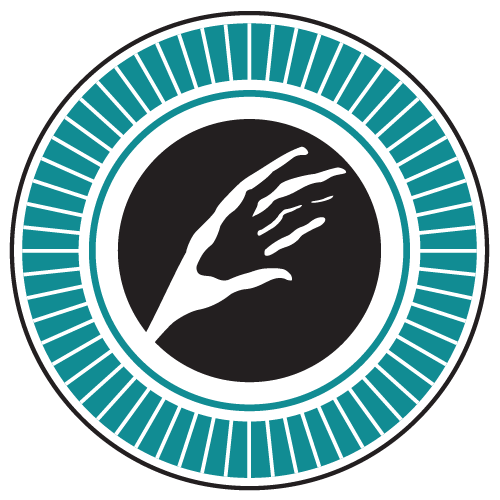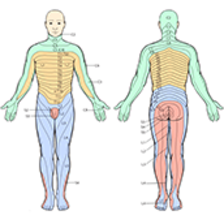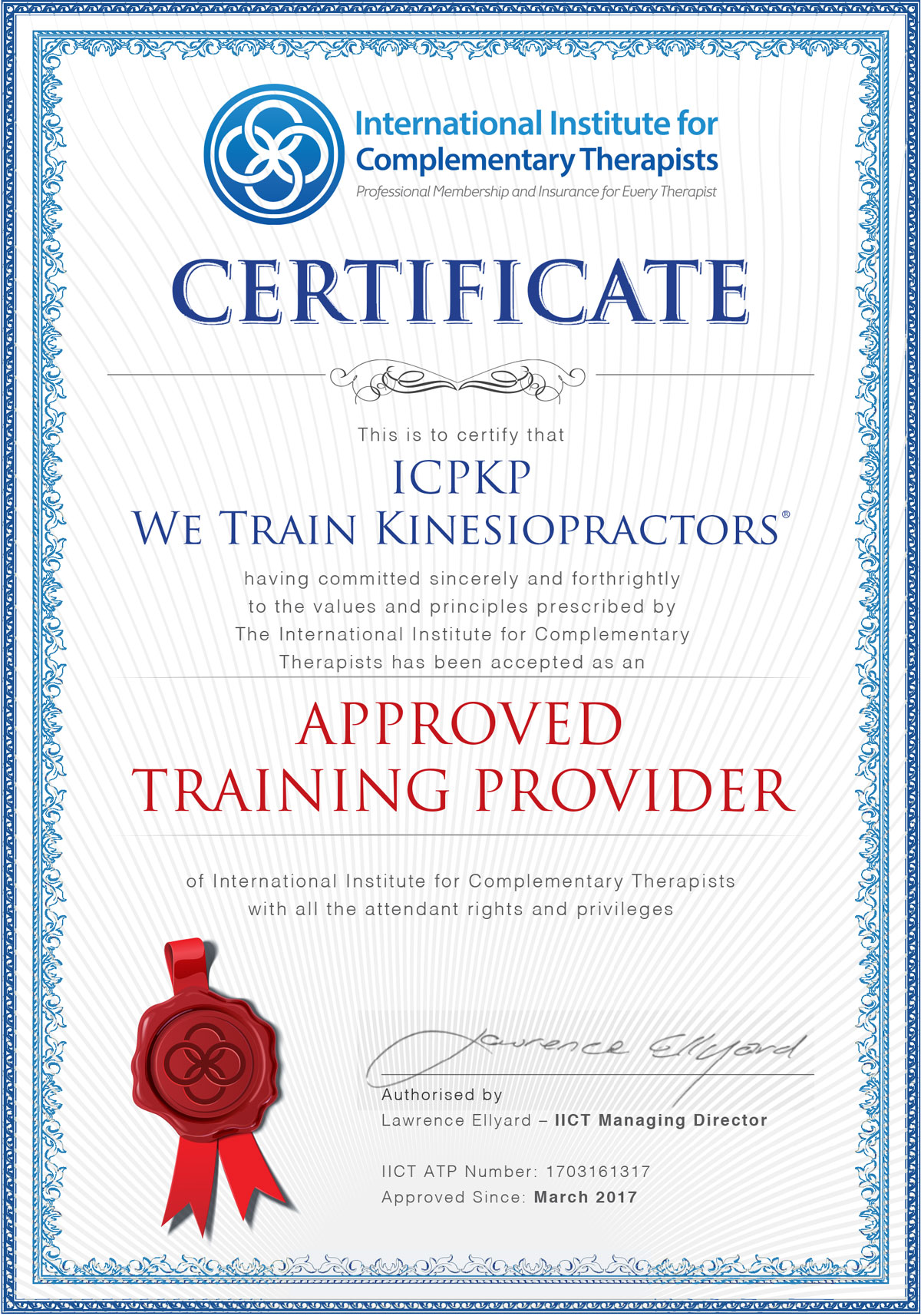MST201-en
Muscle Integration & Skin Activation Protocols
This is the first of a series of units which will develop your skills and expertise related to muscles, muscle circuits and skin. This unit aims to give you the understanding and practical skills required to identify the meridian energy imbalances in these key areas and the knowledge to apply the appropriate corrective procedures.
In PKP, muscles are not just taught as anatomical structures but as places where clients store tension and stress. We use contraction testing but balance muscles with regard to the mental, emotional and relationship components rather than just with the use of simple reflex points as taught in many other kinesiologies.
Once you have completed this unit you will have examined the embryology of skin and muscles, often overlooked in other systems, and why embryology relates to how touch therapies have powerful mental and emotional effects. You will explore skin reflexes on the head and hands; how scars can upset meridian balance, and the effects of chest muscle disharmony on restricted breathing.
Other fun stuff includes: the hyoid bone as a body gyroscope, releasing muscle weakness due to overlying skin stretch, under or over facilitation, myotomes and dermatomes; balancing blood chemistry and thymus-spleen energy; the use of temporal tappping, eye rotations and releasing client stress over the shape of any part of their body.
Elements of Learning:
- Temporal tapping – Em #4b
- Eye position/rotations – Em #21/2c
- Dermotomes – St #14b
- Myotomes – St #14c
- Skin receptors – skin stretch response – El #8b
- Scar re-integration – El #8a
- Blood chemistry – El #21/2b
- Thymus-spleen energy – El #11/2c
- Intercostal muscle resets – PE #5
- Muscle under/over-facilitation (frozen muscle) – St #41/2a
- Shapes of structure – St finger to base of thumb #6
- Cranial stress receptors – Em #7a
- Hand stress receptors – El #7b
- Hyoid – El #2a
- Utilise all techniques learned to date within the PKP Balancing Protocol


